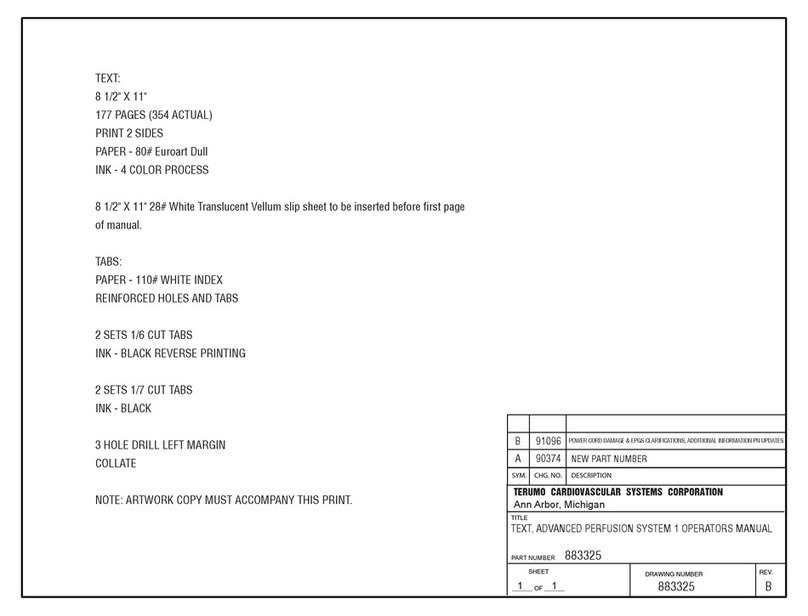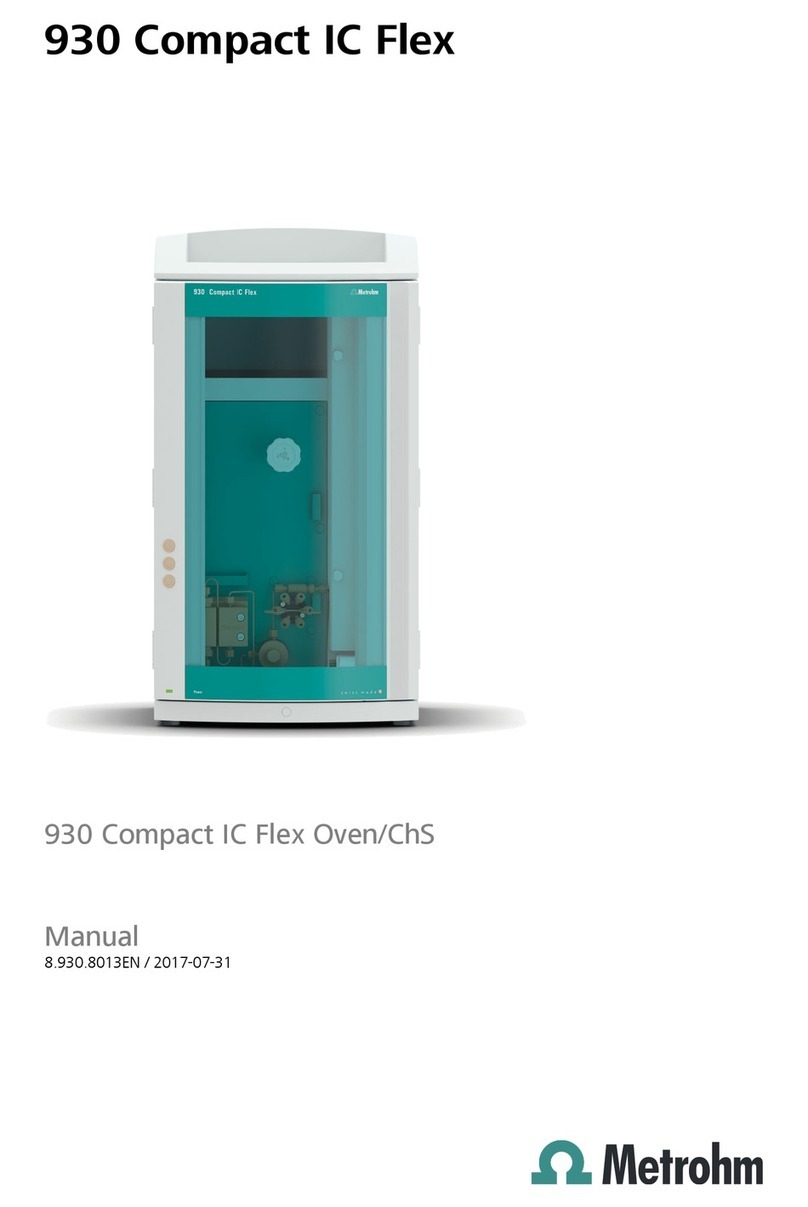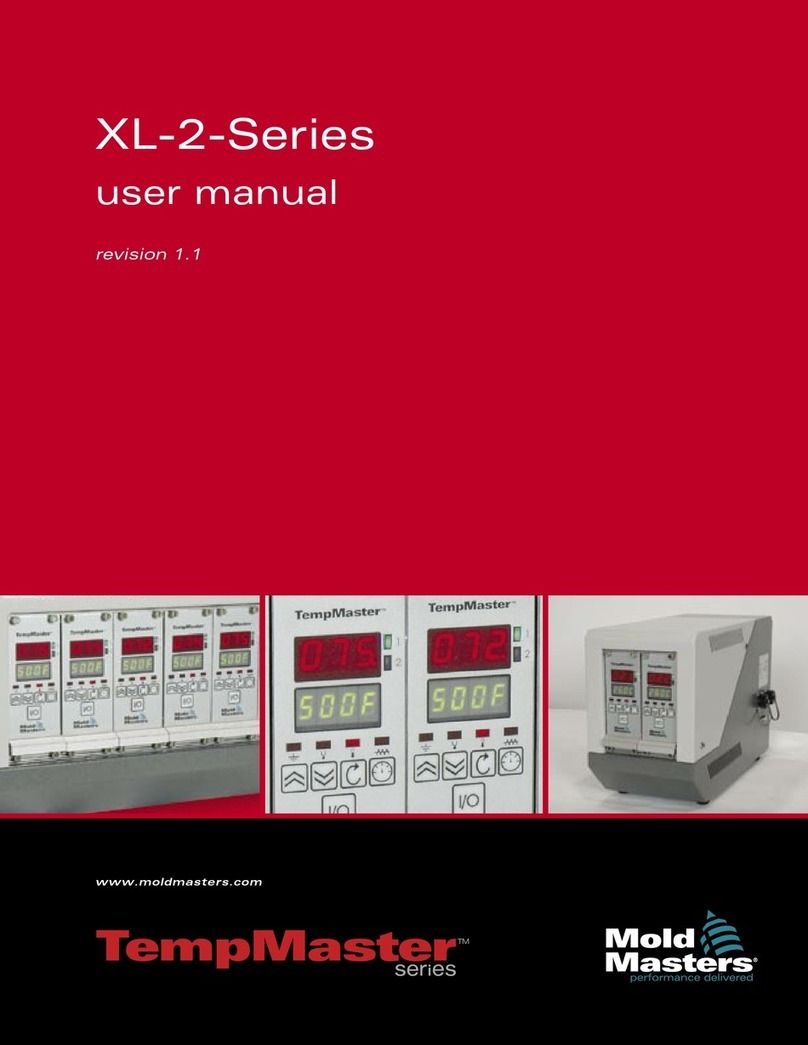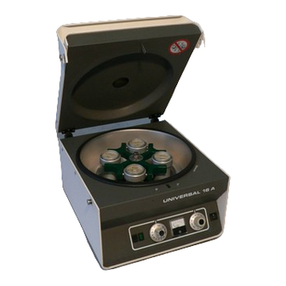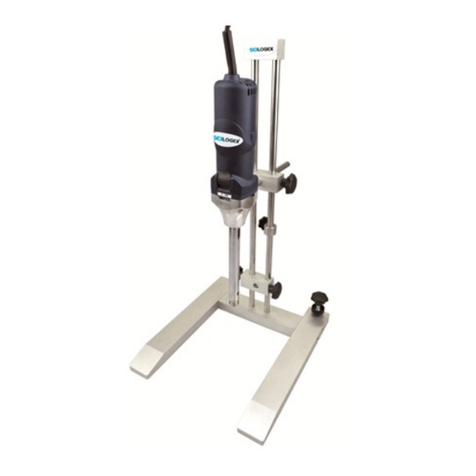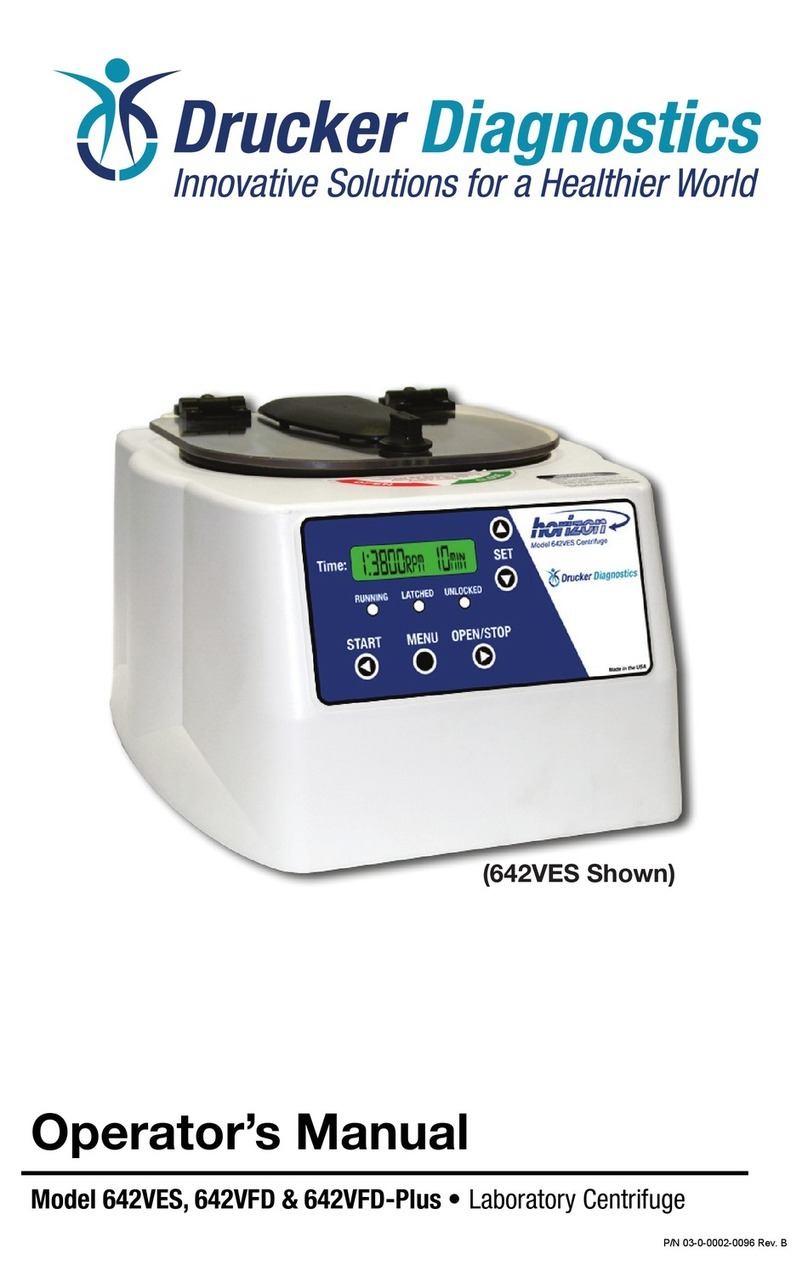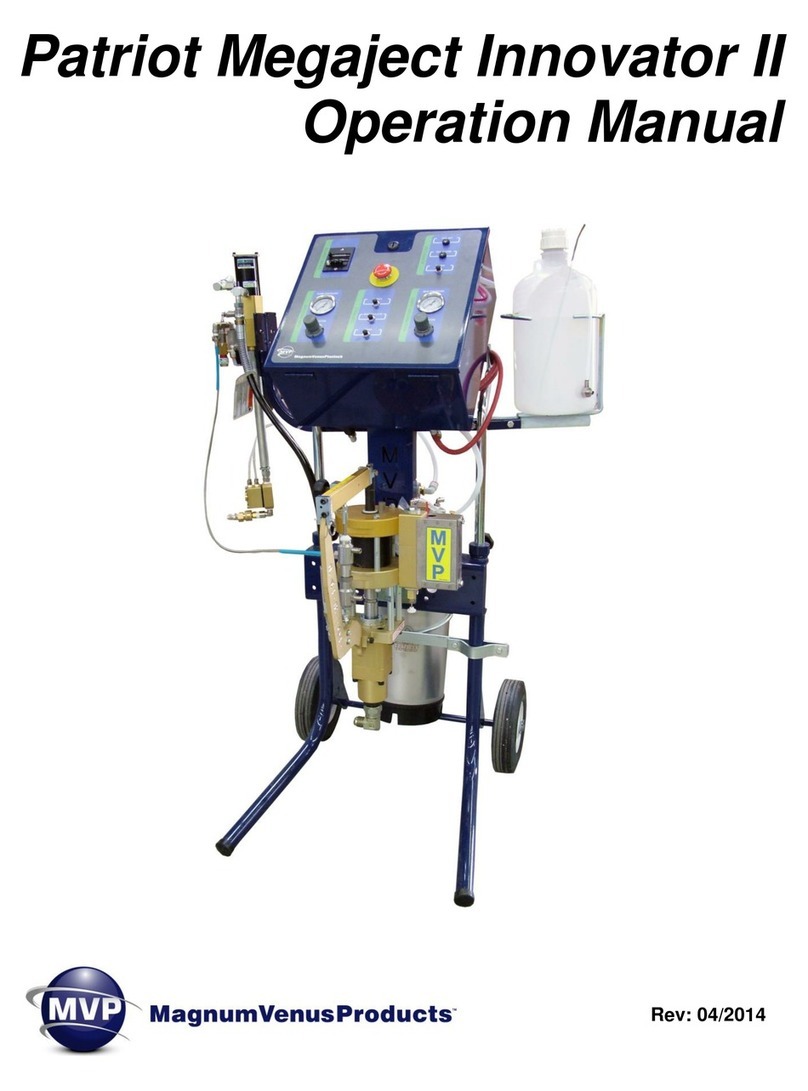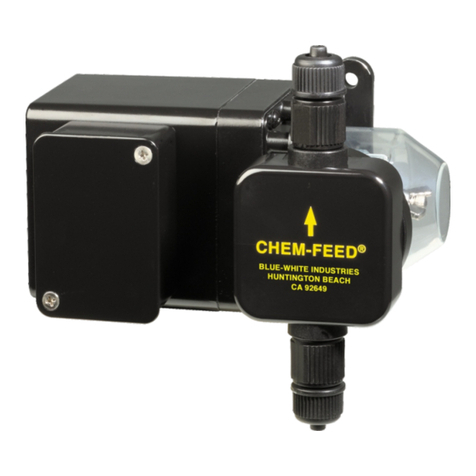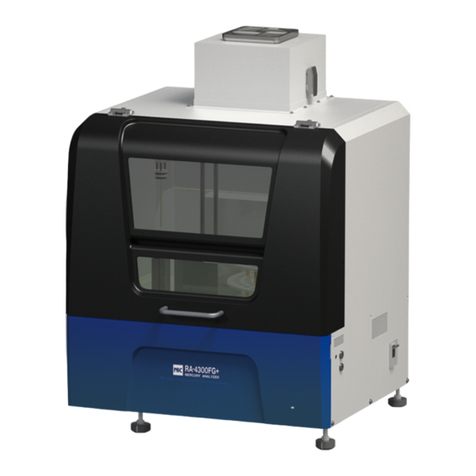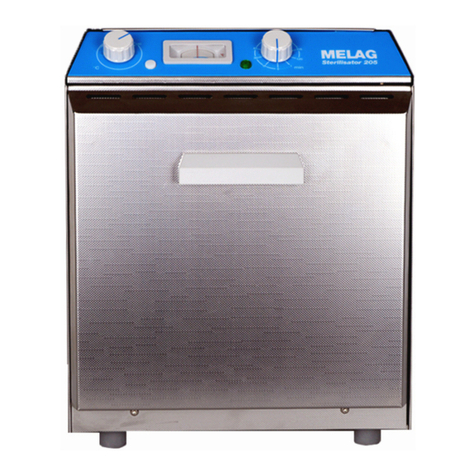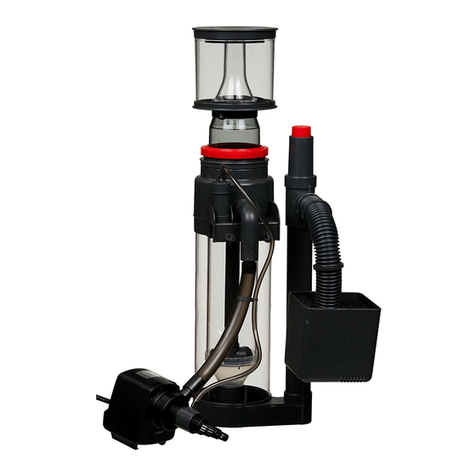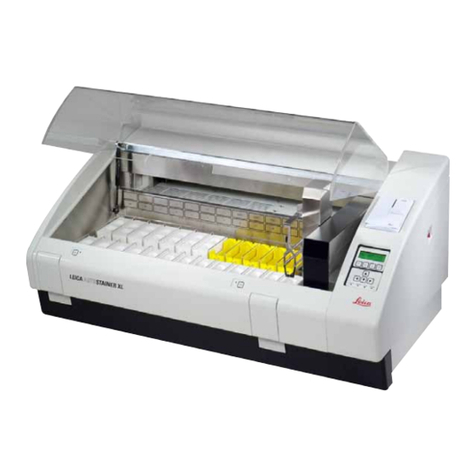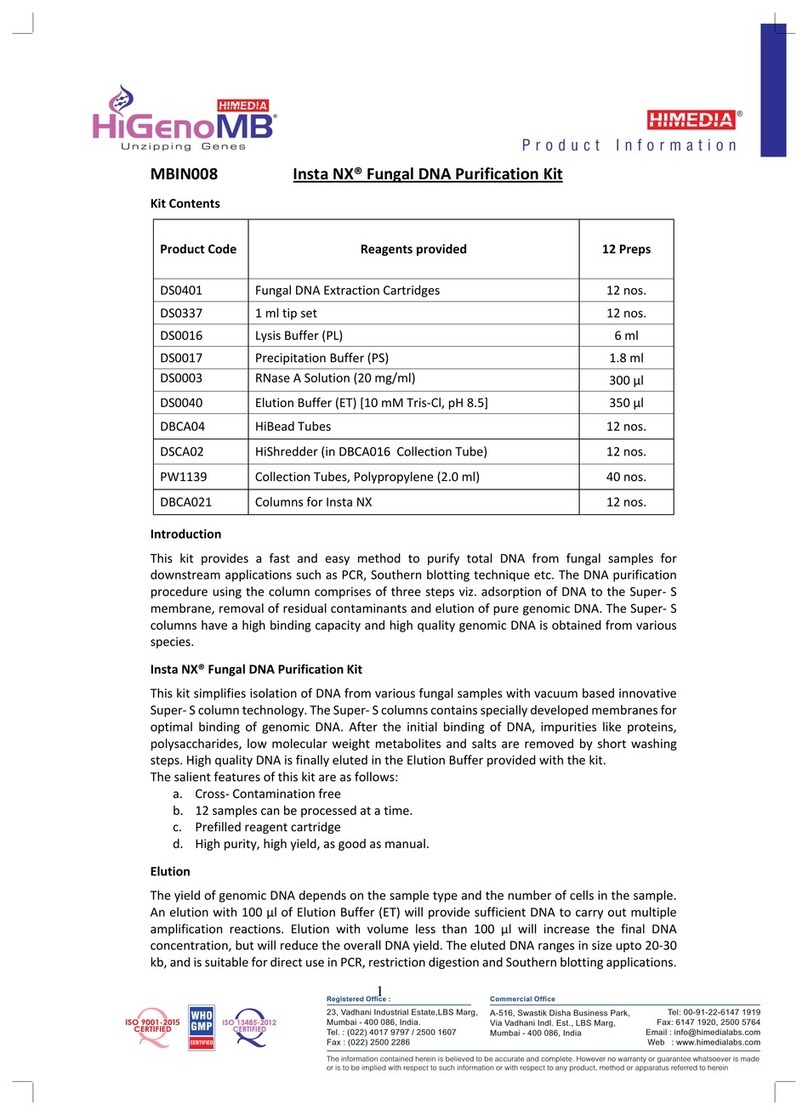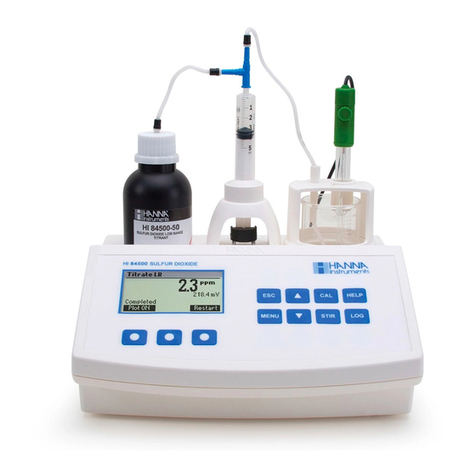
16
(3) Error messages - Category 2
When the TC-WA is connected:
Error
code
Message Contents and measures
11 HEATER BROKEN(H3)
The temperature of H2 does not
rise.
Make sure that TC-WA is turned
ON.
Issued if the temperature of the H3 is not 400
C
or more at the end of “TRANS”.
Check the power cable and switch of the TC-
WA. When no abnormality is found, contact us.
12 TC-WATIME OUT
ERROR(TABLE)
The operation of the table motor is
not completed.
An abnormality occurred at the time of table
driving.
Turn off the power, open the front cover and
check the inside.
If the error persists, contact us.
13 TC-WATIME OUT ERROR(LIFT)
The operation of the lift motor is
not completed.
An abnormality occurred at the time of lift
driving.
Turn off the power, open the front cover and
check the inside.
If the error persists, contact us.
14 TC-WA LIFT UP ERROR
The lift does not move up. Issued if the lift does not ascend during the
operation to put the collector tube in the heating
unit.
Turn off the power, open the front cover and
check the inside.
If the error persists, contact us.
15 TC-WA NO SAMPLE
The measured collector tube does
not move down.
Issued if the measured collector tube does not
descend.
Turn off the power, open the front cover and
check the inside.
If the error persists, contact us.
16 TC-WA MOTOR ALARM(TABLE)
The alarm is generated from the
IC for driving table.
Issued if the IC to drive the table is abnormal.
If the error persists even after the instrument is
restarted, contact us.
17 TC-WA MOTOR ALARM(LIFT)
The alarm is generated from the
IC for driving lift.
Issued if the IC to drive the lift is abnormal.
If the error persists even after the instrument is
restarted, contact us.
If Error Code 11 is detected, the instrument will skip the subsequent sequence, start the
cooling process and stop its operation when the temperature of the H3 has fallen.
If any of error codes 12 through 17 is detected, the instrument will suspend a measurement
immediately and stop its operation.
(3) Error message - Category 3
When the gas meter is connected:
Error
code
Message Contents and measures
19 GAS METER ERROR Issued if the sampling pulse from the gas meter
is not detected at the time of a measurement in
the direct sampling mode.
If an error is detected, the instrument will skip the subsequent sequence and stop its
operation.




















